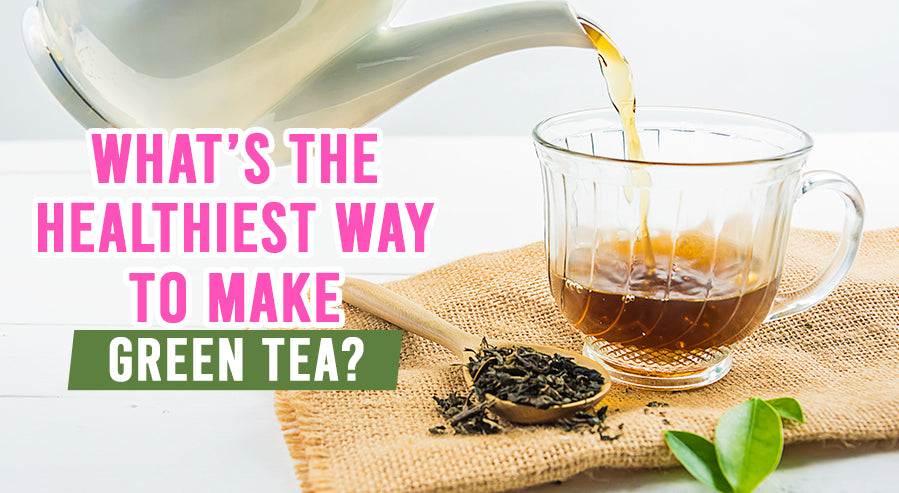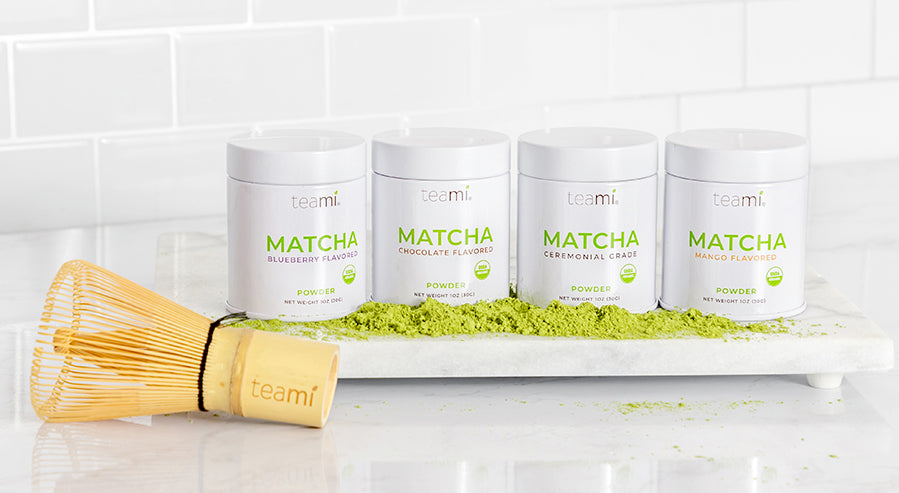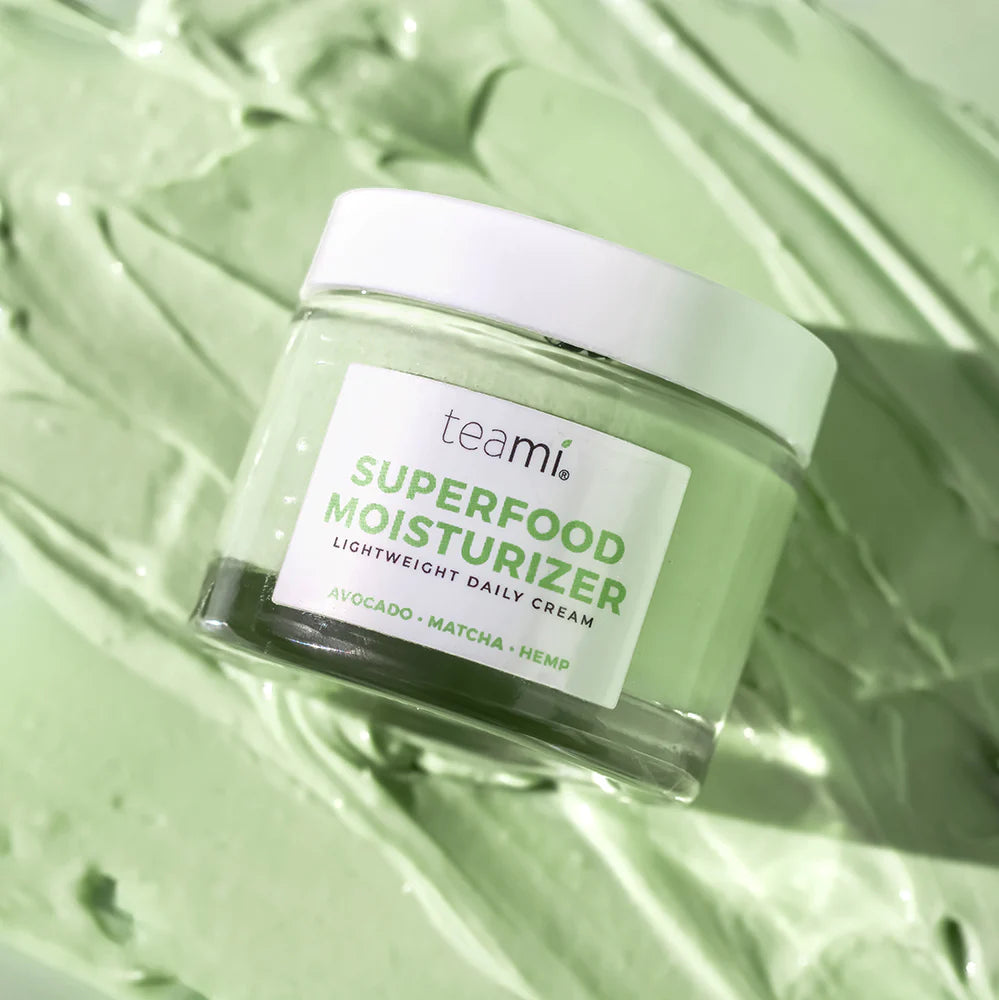FAQ: What’s the Healthiest Way to Make Green Tea?

We live in a world where taste has become one of the main traits we look for in food and drinks. Eating has become a matter of nutrition and pleasure, with many people sometimes prioritizing flavor over substance. While this might provide short-term satisfaction, it ultimately does more harm than good since our bodies require nutrition and sustenance.
There are several beloved meals and beverages that can be prepared healthily, but doing so requires knowledge and effort. Fortunately, most dishes and drinks requiring this extra effort are easy to prepare and remove certain steps contributing to their counterparts' unhealthy nature. One generally healthy item is green tea, but several additions to the drink can dilute its nutritional value.
Green tea is an exceedingly popular drink, often enjoyed with breakfast in most cultures or used as a relaxing evening drink. Green tea is lauded as one of the most nutritional drinks, though moderation is still required due to the caffeine concentration. Unfortunately, many people cannot enjoy the drink with its original flavor and attempt to alter it to suit their palate.
While there is nothing inherently wrong with wanting to adjust the flavor, how people go about it can harm their health. Enjoying green tea in a healthy manner is completely possible, but you might have to adjust how you prepare it. The challenge is knowing the healthiest way to prepare green tea.
Step #1: The Steeping Process
Green tea is a beverage that can be enjoyed either hot or cold, though the preparation methods for the 2 temperatures vary. Tea is an interesting drink because it must be steeped before consuming it. Steeping involves placing the ingredients in water and allowing it to alter the water's properties.
Tea can be steeped in hot water (creating the traditional hot tea) or cold water, though there is some confusion about which is healthiest. Steeping tea is a delicate process with ceremonial significance in certain Asian cultures. Some people view the process as simply boiling water and putting the leaves in, viewing tea as flavored hot water rather than a proper drink. Most people view tea as an excellent addition to their diet, with tea being one of the most heavily consumed drinks worldwide.
However, even those who enjoy tea might be steeping it inefficiently. Specifically, they might not know the proper temperature and timeframe to maximize the tea's nutritional value.

In 2015, the Journal of Food Science published a study focusing on the steeping process of multiple types of tea. The study was focused on determining whether the steeping process affected the drink's nutritional value and the concentration of certain compounds. The teas they used included white, black, and green tea, each steeped in different conditions.
The tea was steeped in either hot or cold water, and the process lasted either 5 minutes or 2 hours. All 4 varieties were steeped in each method, yielding slightly different results. Insofar as green tea is concerned, the study determined that green tea was sensitive to time and temperature. The green tea steeped in cold water for 2 hours had significantly higher concentrations of antioxidants and other nutrients than that steeped in hot or cold water for 5 minutes.
As strange as it sounds, this implies that cold-steeped green tea is healthier than hot green tea. This is not to say the hot version of the drink is inherently unhealthy, only that cold green tea has access to a higher concentration of its natural nutrients. Preparing tea at the right temperature and for the right amount of time is important, but there are other details you must consider if you want the healthiest version.
Step #2: The Right Grade
Many assume the differences in tea begin and end with the color and temperature, with little variance between them. While it is understandable how they might draw that conclusion, it is a misconception that could lead you to drink a lackluster tea.
Most tea varieties originate from the Camellia sinensis plant, a variety of evergreen that has become widespread over the centuries since its discovery. The leaves of C. sinensis can be used to produce white, yellow, oolong, black, and green tea. This means a single C. sinensis plant can yield multiple varieties, which could easily confuse someone with no tea cultivation experience.
Unfortunately, this is the least complicated aspect of tea cultivation since the environment in which the C. sinensis plant grows can alter its properties and yield a subspecies of tea leaves. One of the variations of C. sinensis plants produces a variant of green tea called matcha.

Matcha is considered the most nutritional and healthiest variant of green tea, and the leaves only grow on C. sinensis plants grown in the shade. As a result of the altered environment, the concentration of nutrients in the leaves drastically increases. This means matcha's nutritional value is significantly higher than its common cousin and provides the healthiest tea-drinking experience.
Choosing to drink matcha tea is an excellent step, but there are other details you must consider when using it. Matcha comes in 3 different grades that vary in purity and value, and ensuring your matcha comes from the right grade can determine whether you are drinking the healthiest version. These grades are:
- Ceremonial Grade: Ceremonial matcha is the purest and most valuable form of matcha and is so named because it has religious significance. Ceremonial matcha is used in tea ceremonies at Buddhist temples, giving it a spiritual value. The real value lies in the fact that ceremonial matcha has the purest nutrients and can provide the greatest benefit.
- Premium Grade: Premium matcha is the second purest form and has a similar value to the ceremonial version. Like ceremonial matcha, premium matcha is made from leaves near the top of the plant. Nevertheless, it is considered below the ceremonial matcha because the purity is considered lesser in most circles.
- Culinary Grade: Culinary matcha is the lowest grade and is never used to steep tea or in any ceremonies. Culinary matcha is cheap and used as an ingredient in other food and drinks (i.e., smoothies). Culinary matcha is harvested from the lower leaves of the C. sinensis plant and has the lowest nutritional value. It also has a bitter flavor, making it less desirable as a standalone tea than the others.
Consuming matcha requires you to put forward a little more money to get a proper blend, but it ultimately provides the healthiest experience. Matcha also has several health benefits that enhance those found in traditional green tea. If you plan on using green tea as a health-boosting drink, matcha is the best choice.
Step #3: Avoid Sweeteners and Additives
A similarity between tea and coffee is that very few can stomach them in their original state and use other ingredients to enhance the flavor: coffee and tea share several flavor modifiers, primarily sugar and other artificial sweeteners, to reduce bitterness. Sometimes, the beans and leaves are naturally less bitter and do not require sweeteners to maintain a sustainable flavor.
While sweeteners can make the taste more palatable, it creates a larger issue by affecting the nutritional value. Sugar is best enjoyed in limited quantities since it provides little to no nutrition and can oversaturate our glucose levels. So, adding sugar to every cup of tea you drink could cause further oversaturation and compromise our health. The best course of action is to avoid sugar and other sweeteners and enjoy tea on its own merit.
Unfortunately, not everyone is willing to cut sugar out of their tea. If you must have sugar in your tea, keep the amount at a bare minimum to ensure you do not overindulge. Some people will add several teaspoons of sugar to their tea to create a sweet flavor, which will only reduce the drink's nutritional value.
Adding no more than 1 teaspoon to your first cup will keep the sugar levels down, and cutting that serving in half for a subsequent cup will only benefit you further. If you add sugar, ensure it is real and not an artificial sweetener. The latter has a higher rate of addiction than genuine sugar and has more additives that impact our health. Ideally, the reduced servings in subsequent cups will help you wean yourself off sugar in your tea. This will take time but is ultimately better for you than continuing to add sugar to your tea.

If you still need a flavor adjustment for your tea, consider using lemon instead of sugar or milk. Lemons are extremely nutritious and have several essential vitamins and nutrients that improve our health. The most notable benefit of lemons is that they contain vitamin C, which significantly bolsters our immune system.
Additionally, lemons synergize with the natural compounds in tea leaves and can enhance their effects. Research shows that adding lemons (or another citric fruit) can increase the catechins in your tea by 5 times the original content. This enhances your tea's nutritional and health value without saturating it with empty calories.
While we are on the topic of tea additives, another common tool is used to alter tea's flavor profile. Unfortunately, it might harm the drink's value in ways you might not have considered.
Step #4: Reconsider Adding Milk
Adding milk to tea is a tradition in some cultures, primarily in the United Kingdom and New Zealand, where tea drinking has a little more pomp. Milk is a highly nutritious drink, especially for people who want to enhance their calcium levels. While milk is an excellent addition to your diet if you are trying to live a healthy lifestyle, it can compromise the nutritional value of your tea.

Adding milk does not make it less healthy per se, but it can inhibit your ability to absorb the tea's nutrients. Milk contains a protein called alpha-casein, which is beneficial to the body but does not always play well with other nutrients. Studies show that the alpha-casein in milk can inhibit our ability to absorb the polyphenols in tea, diminishing its nutritional value.
Mixing milk with tea dilutes the drink and makes it less valuable as a holistic tool, though it remains a healthy drink worthy of consideration. Unfortunately, with the added casein, many of the benefits that make tea so popular will be reduced or absent. That said, other additions to tea are far more detrimental than milk. However, if you want to maximize your tea's health value, you should skip the milk to absorb all the polyphenols and enhance your body's health.
Finding the Right Blend
Tea is a remarkably popular and beneficial drink that has worked wonders for thousands. The natural concentration of nutrients in a cup of tea makes it a powerful tool that improves the condition of the human body. Unfortunately, like many substances, it can be tainted through added ingredients that diminish those nutrients. Some additives have more obvious issues, like sugar adding empty calories, and saturating glucose levels.
Others, like milk, are more subtle and dilute the nutrients in the tea. Even the way tea is prepared can impact its viability as a nutritional source. Nevertheless, drinking tea is important for people who want to jumpstart their bodies and enjoy a healthier source of caffeine. While preparing and flavoring tea is critical to ensuring your drink stays healthy, purchasing a specialized blend can amplify its nutritional value.
We at Teami have dedicated ourselves to creating and selling products that enhance health and appearance. We also use natural substances to ensure there are no chemical additives to prevent any harmful interactions. While we do not have any special sweeteners or teapots, we can offer a variety of specialized tea blends using quality leaves.

We also offer our Matcha Powder Tins, made from ceremonial grade matcha, so you can experience the best it has to offer. We offer other varieties, but our ceremonial matcha will ensure the healthiest tea-drinking experience and can be steeped in cold water to ensure the benefits. We encourage you to visit our website and try our products directly. After all, finding the right blend is a Teami effort.
Subscribe to our Newsletter
Subscribe to our newsletter and get 10% off your first purchase
 Instagram
Instagram



